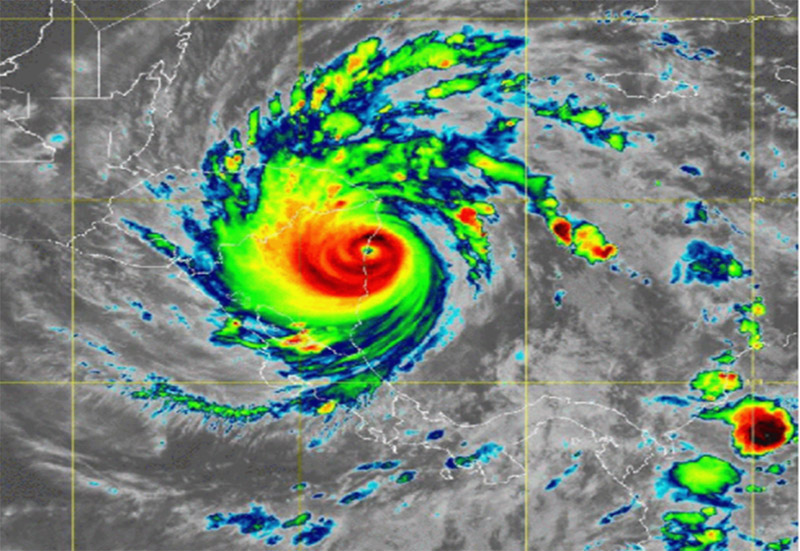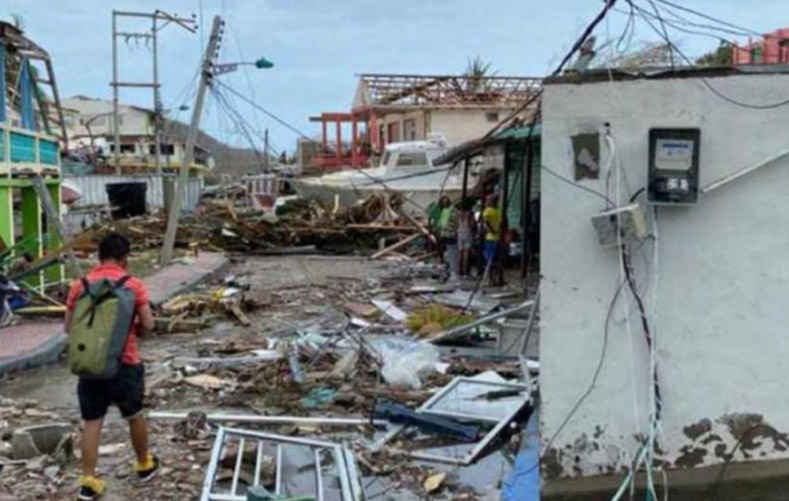The year 2020 has brought difficult times. In Central America and the Caribbean the tropical storm season has presented itself as never before. Only in the month of November, 30 tropical storms originated, a number that had never occurred in the area. The last storm baptized as “Iota” was classified as a category 4 tropical storm as it produced maximum sustained winds of 155 miles per hour. Iota affected Guatemala, El Salvador, Honduras, Nicaragua, a part of Costa Rica, and the island of Providencia (Colombia).

Hurricane “Iota” has been classified as the strongest tropical storm to hit Nicaragua in the country's history as it has directly and indirectly affected more than 400,000 people and has caused 6 deaths. Additionally, it was confirmed that more than 60,000 people in the other affected countries have been forced to move to 683 government shelters. The magnitude of this storm was so great that it reached the island of Providencia and caused serious damage to 98% of its infrastructure.


The area of the Caribbean and Central America is in a state of emergency since in the previous weeks another fourth category storm (Hurricane Eta) hit the region. Eta brought destructive winds, flash floods and storms, and mainly affected Honduras, Nicaragua and Panama. The fact that another storm of the same category arrived in such a short time is catastrophic as the recovery time is slow and the countries are in a very vulnerable state.
What is the purpose of baptizing storms?
In 2014 the Met Office began naming storms as is usually done in the United States. In the UK the first storm to be named was Abigail which occurred on April 10 of 2015. Climate organizations decided name storms in order to raise awareness of how dangerous these phenomena can be, as well as to facilitate the work of analysis and dissemination in communication networks. The names are given by the first country impacted by the storm and are kept in the rest of the countries, for the purpose of maintaining consistency in the information. Storms are only named if meteorologists and official entities consider they will generate important social and economic consequences. Additionally, in stormy seasons the chosen denominations alternate between male and female names in order to avoid misunderstandings with local communities.
References
https://edition.cnn.com/2020/11/17/weather/hurricane-iota-tuesday/index.html
https://www.bbc.co.uk/newsround/34581210
Related content:
Why do hurricanes have names?Storm Shield Meteorologist Jason Meyers answers this question. |

